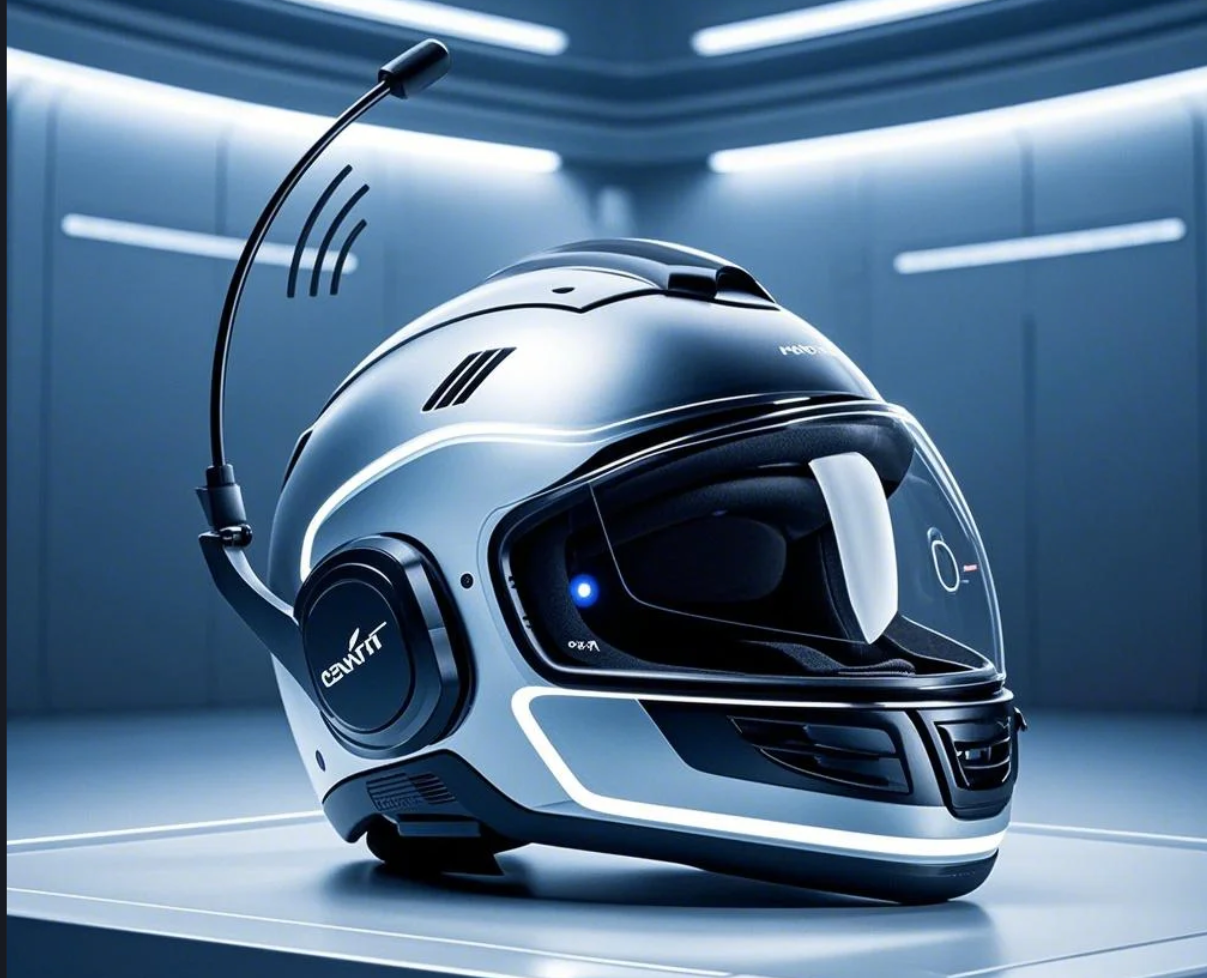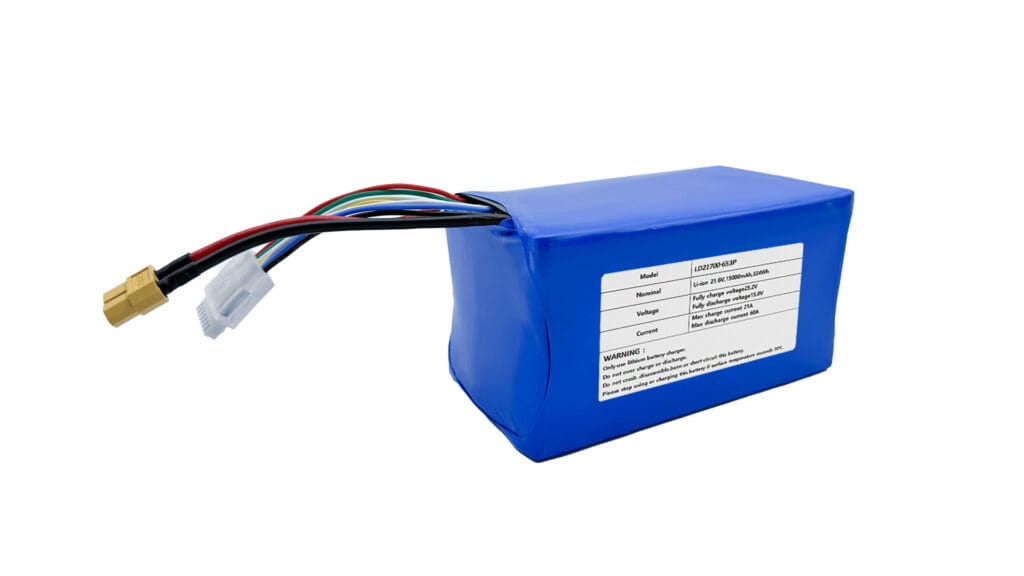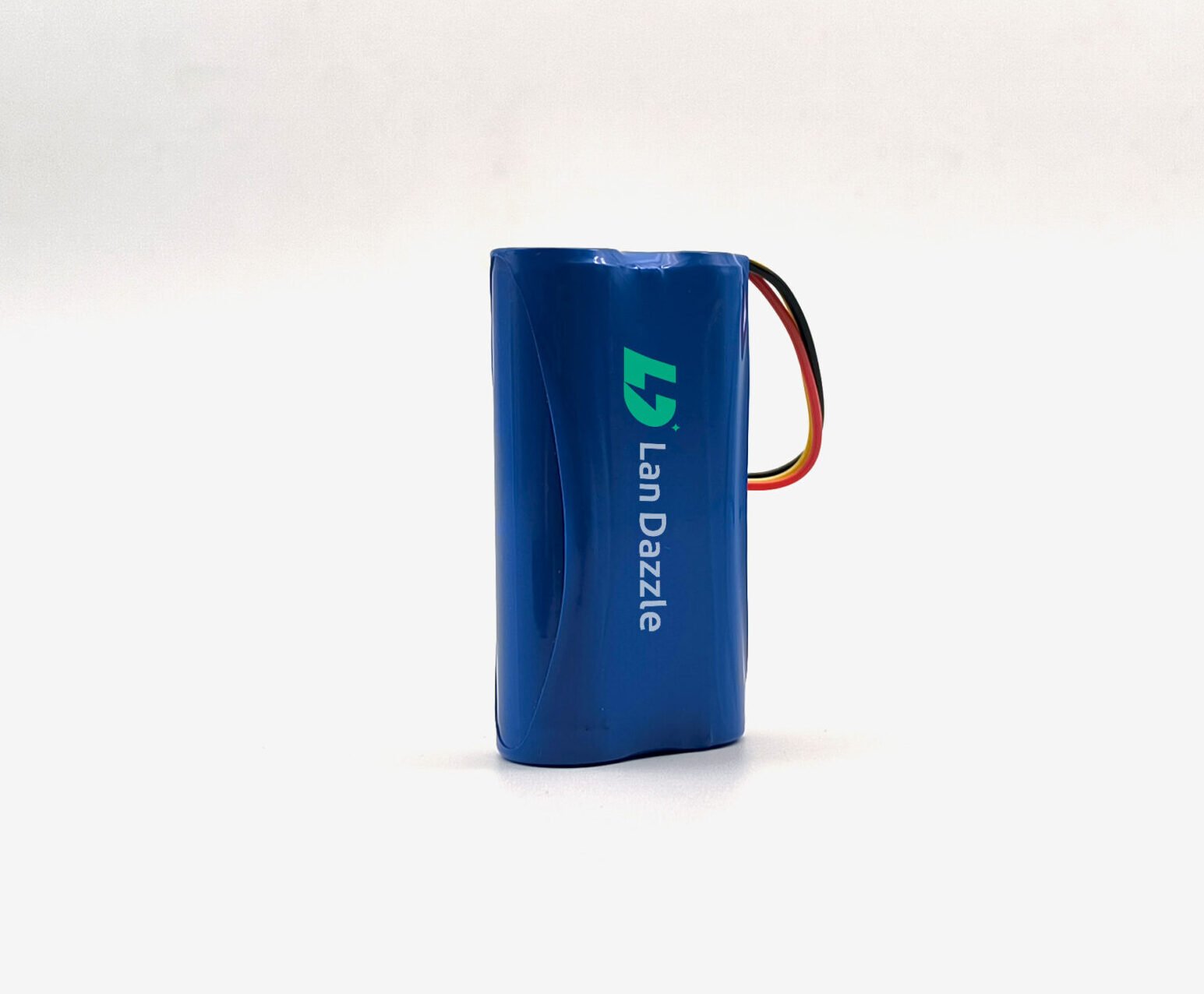Smart helmets are at the forefront of wearable technology, transforming industries from construction to sports and military operations. But behind these advanced, high-tech devices lies a critical component: the battery. Understanding the types of batteries used in smart helmets and how to choose smart helmet battery is crucial for maximizing performance, safety, and longevity. In this article, we’ll explore the different battery technologies powering smart helmets, their specific power needs, and what to consider when selecting the best battery for your helmet.
Introduction to Smart Helmets
A smart helmet is a type of helmet that incorporates technology to improve user experience, safety, and performance. They are widely used in activities such as cycling, motorcycling, and construction. These helmets are equipped with advanced features like communication systems, GPS tracking, live video feeds, and sensors for monitoring vital signs. However, these technological advancements come with the need for reliable and long-lasting power sources to support these devices during extended usage.
Requirments of Batteries for Smart Helmets
Smart helmets have unique power requirements due to the nature of their technology and the environment in which they are used. The key features of their power needs are as follows:
-
Space Limitations: Smart helmets need to be lightweight and compact to ensure comfort and safety. As a result, there is limited space to house the battery, making it essential to use a battery technology that maximizes energy density without increasing size or weight.
-
Dual Performance Needs: Smart helmets demand batteries that can deliver both high energy density (for prolonged usage) and high power density (for quick bursts of power, such as for sensors or communication systems). This dual requirement is often difficult to meet with standard battery technologies, highlighting the need for specialized solutions.
-
Challenges in Special Environments: Smart helmets are used in a variety of environments, from harsh outdoor conditions to high-intensity activities like motorcycling and construction work. The battery needs to withstand temperature extremes, physical shocks, and vibrations while maintaining optimal performance.
Batteries Used in Smart Helmets
Batteries used in smart helmets must meet these rigorous requirements. Several types of battery technologies are commonly used, each with its advantages and disadvantages.
-
Lithium-Ion (Li-ion) Batteries
Lithium-ion batteries are the most popular choice for powering smart helmets. These batteries offer high energy density, long cycle life, and relatively low self-discharge rates. They are also lightweight, making them ideal for wearable devices. However, they require sophisticated charging management systems and can be sensitive to extreme temperatures, which may affect their performance. -
Lithium-Polymer (Li-Po) Batteries
Lithium-polymer batteries are a variant of lithium-ion batteries that offer even greater flexibility in design due to their solid or gel-like electrolyte. Li-Po batteries are more resistant to leaks and offer high power output, making them suitable for smart helmets with demanding applications. They are also thinner and lighter, which helps in maximizing space in a compact helmet design. However, their energy density may be slightly lower than Li-ion batteries. -
Solid-State Batteries
Solid-state batteries are an emerging technology with the potential to revolutionize smart helmet power solutions. These batteries use a solid electrolyte instead of a liquid one, which makes them safer and more stable. They also offer higher energy density and are less prone to overheating. However, they are currently more expensive and less mature compared to Li-ion and Li-Po batteries. -
Nickel-Metal Hydride (NiMH) Batteries
While less commonly used in modern smart helmets, Nickel-metal hydride (NiMH) batteries are sometimes chosen for their robustness and safety features. They have a lower energy density than lithium-based batteries, but they are environmentally friendly and can operate well in colder temperatures. However, they are bulkier and heavier, making them less ideal for lightweight wearable technologies.
How to Choose Batteries for Smart Helmets?
Choosing the right batteries for smart helmets is crucial to ensure their performance, safety, and longevity. The battery you select must meet the unique demands of the helmet’s applications while balancing factors such as weight, size, power output, and environmental considerations. Below are some key factors to consider when choosing batteries for smart helmets:
1. Power Requirements and Runtime
The smart helmet battery should be selected based on the type of activities the smart helmet is used for. Consider how long the helmet needs to function without being recharged. For instance:
- Cycling helmets used for casual riders might only need a battery that lasts 4-6 hours to power navigation, communication, and light sensors.
- Motorcycle helmets may require longer battery life, potentially 8-12 hours, to support GPS, communications, and high-intensity sensors.
- Construction helmets could demand more power for tasks such as constant communication, GPS tracking, and environmental sensors for an entire working shift, meaning
Typically, Li-ion and Li-Po batteries are chosen for their ability to provide high energy density, allowing for longer runtimes while keeping the helmet lightweight. Custom battery solutions can further optimize the balance between power needs and space constraints.
2. Weight and Size Constraints
Since helmets are worn for extended periods, comfort is a priority. Weight and size are critical factors in determining which battery technology to use. A battery that is too heavy can cause discomfort, strain on the neck, or even make the helmet unsafe in certain scenarios.
- Li-ion batteries are typically compact and lightweight, offering a good power-to-weight ratio.
- Li-Po batteries can be customized into various shapes and sizes, making them ideal for smart helmets with tight space constraints.
- Solid-state batteries, while promising higher energy density, may still be larger and heavier than current lithium-based alternatives, making them less suitable for ultra-lightweight helmets at the moment.
3. Charging Time and Efficiency
The speed at which the battery charges is another factor to consider. Smart helmets are often used continuously throughout the day, so minimizing downtime for charging is crucial.
- Li-ion batteries typically have shorter charging times compared to NiMH batteries, allowing for faster recharges between uses.
- Some modern Li-Po batteries also support fast-charging technologies, which can be especially useful for helmets that require quick turnarounds during breaks or downtime.
Choosing a battery with fast charging capabilities and pairing it with an efficient charging system can reduce downtime and keep your smart helmet operational when needed most.
4. Temperature Tolerance
Smart helmets often face extreme temperature changes, especially in outdoor environments. Whether the helmet is being used in cold winter conditions or during a hot summer day, the battery should function effectively across a broad range of temperatures.
- Li-ion batteries typically perform well in moderate temperatures but can suffer reduced capacity in extreme cold or heat.
- Li-Po batteries also have temperature limits, but their flexible design makes them more adaptable to certain harsh environments.
- NiMH batteries, on the other hand, tend to be more resilient in low temperatures but are less energy-dense than lithium alternatives.
In environments where temperature fluctuations are significant, it’s important to consider a battery solution that can handle these challenges. Custom batteries designed with temperature regulation mechanisms or insulation can help maintain consistent performance.
5. Safety and Durability
Smart helmets are often used in demanding and sometimes dangerous environments, such as construction sites, motorcycling, or extreme sports. Therefore, the battery must be safe, durable, and capable of withstanding physical shocks and vibrations.
- Li-ion and Li-Po batteries are generally safe but need to be housed in protective casings to prevent short-circuiting or thermal runaway, especially if the helmet is subject to impacts or falls.
- Solid-state batteries offer increased safety because they are less prone to leakage or rupture, which makes them ideal for high-risk environments.
Ensuring the battery is safely encased and incorporating protection circuits (such as overcharge protection, short-circuit protection, and thermal monitoring) can help enhance the helmet’s overall safety.
6. Customization for Specific Applications
For helmets used in specialized fields like military, aerospace, or industrial work, custom battery solution may be necessary. Custom batteries can be designed with specific features like:
- Vibration resistance: Customized battery packs can be designed to absorb vibrations in rugged environments like construction sites or during motorcycle rides.
- Shape flexibility: Custom Li-Po batteries can be shaped to fit the non-standard spaces inside the helmet, maximizing available space without sacrificing power or performance.
- Higher energy output: Depending on the application, some smart helmets may require batteries with higher peak power to handle intensive tasks like real-time video streaming or data processing.


If you are looking for customized lithium polymer batteries for smart helmet application, Lan Dazzle offers tailored solutions designed for maximum performance and efficiency. Contact us at landazzle.com to learn more about our innovative battery solutions. By opting for custom battery designs, we can optimize power distribution, ensure long-lasting usage, and improve the overall functionality of the smart helmet.
Common FAQs about Batteries in Smart Helmets
-
What is the best battery for smart helmet?
The best battery depends on the specific use case. Li-ion and Li-Po batteries are commonly used due to their high energy density and lightweight nature. -
How long do smart helmets last on a single charge?
Battery life can vary, but most smart helmets last between 6 to 12 hours on a single charge, depending on usage and the type of battery. -
Can I replace the battery in my smart helmet?
In most cases, the battery in a smart helmet is replaceable. However, it’s important to follow the manufacturer’s guidelines for replacement to ensure safety and compatibility. -
Do smart helmets work in extreme temperatures?
Smart helmets can operate in various temperatures, but extreme conditions can impact battery performance. Li-Po and Li-ion batteries generally perform better in moderate temperatures, whereas some NiMH batteries may perform better in colder environments. -
Are solid-state batteries the future of smart helmets?
Solid-state batteries hold great promise for the future of smart helmets due to their higher energy density and enhanced safety features. However, they are not yet widely used due to cost and technical challenges.
Conclusion
Smart helmets are revolutionizing the way we interact with technology, providing increased safety and efficiency in various industries. To ensure optimal performance, it is critical to choose the right battery that meets the specific demands of each application. Whether it’s a Li-ion, Li-Po, customizing the power source for the helmet can enhance its functionality and durability.





